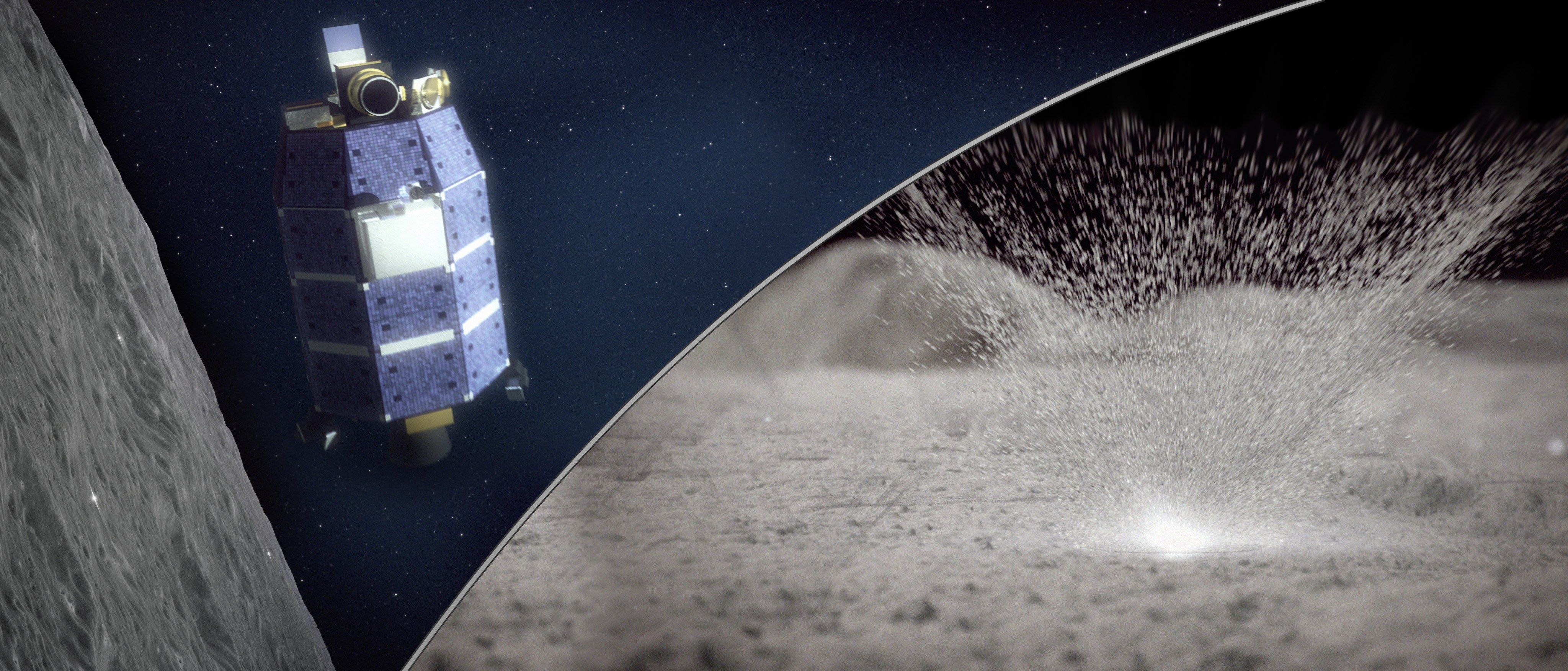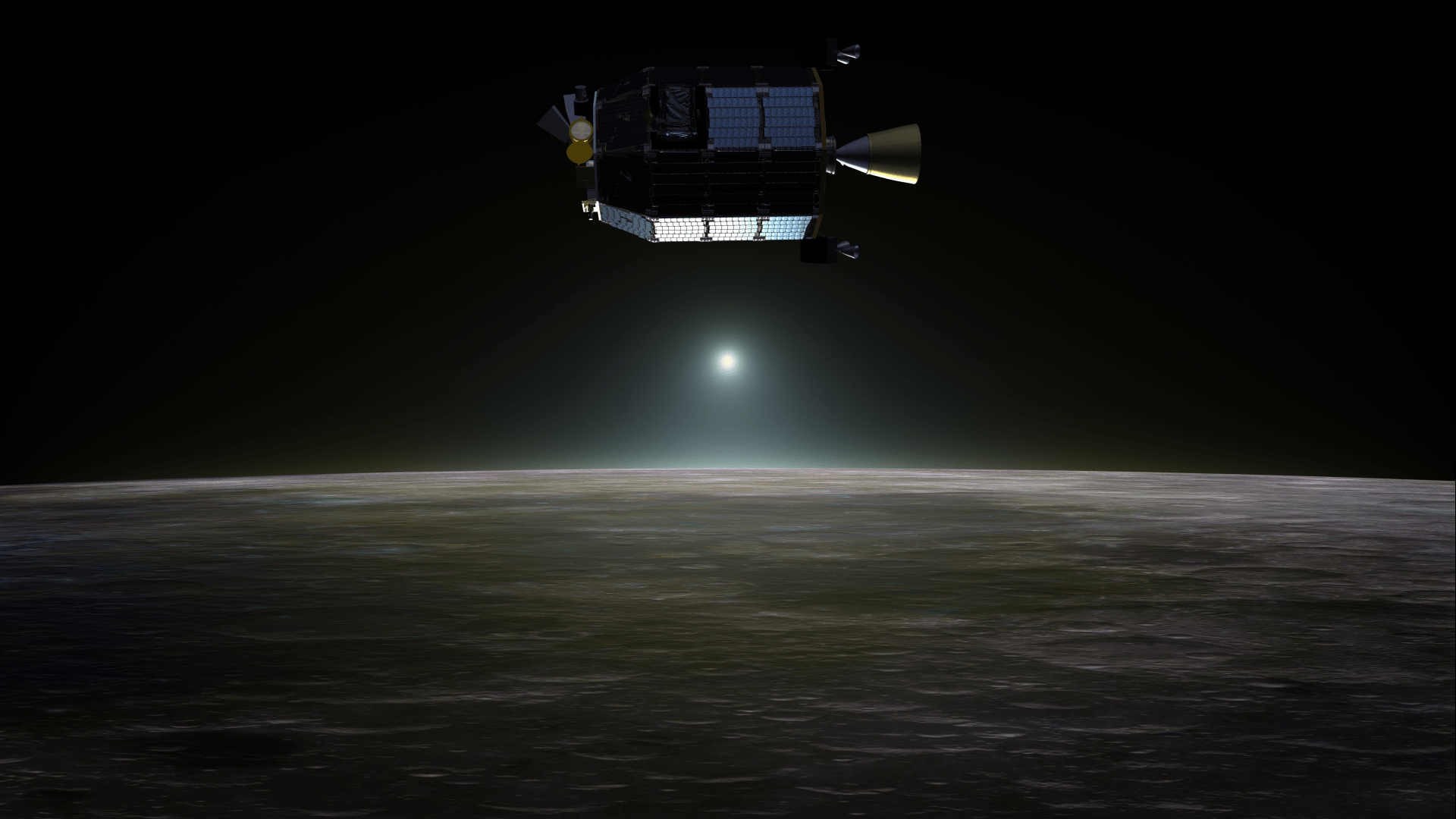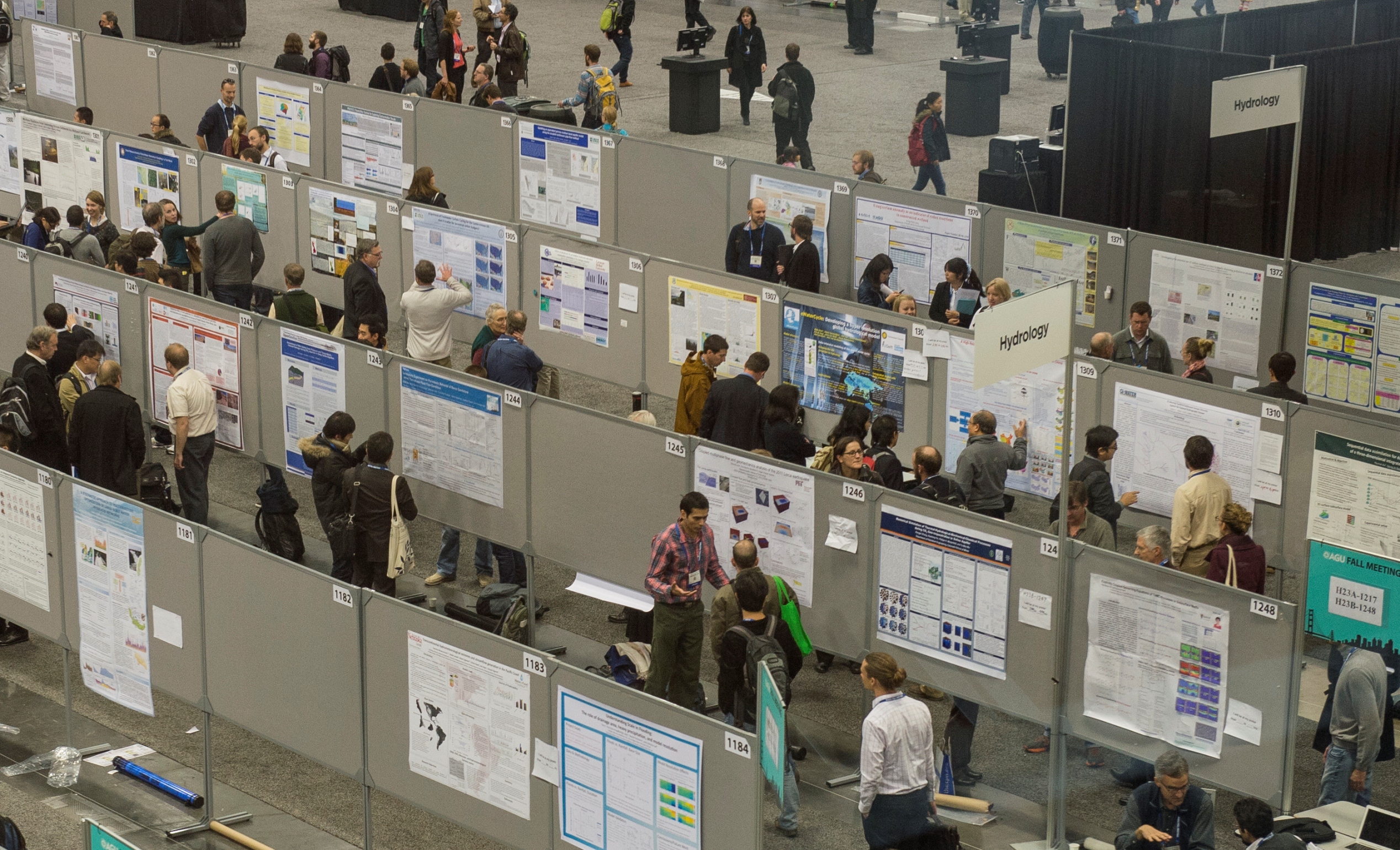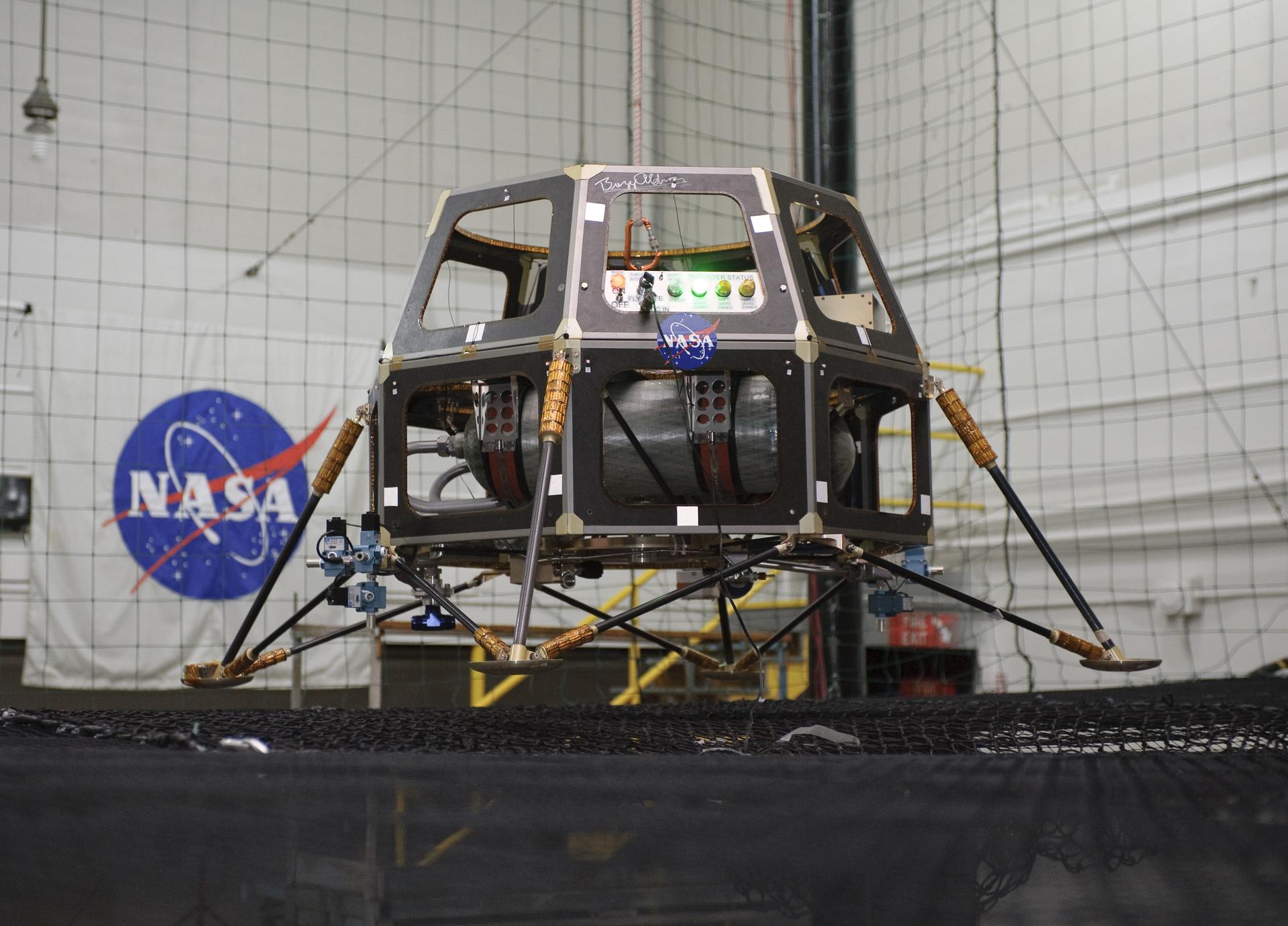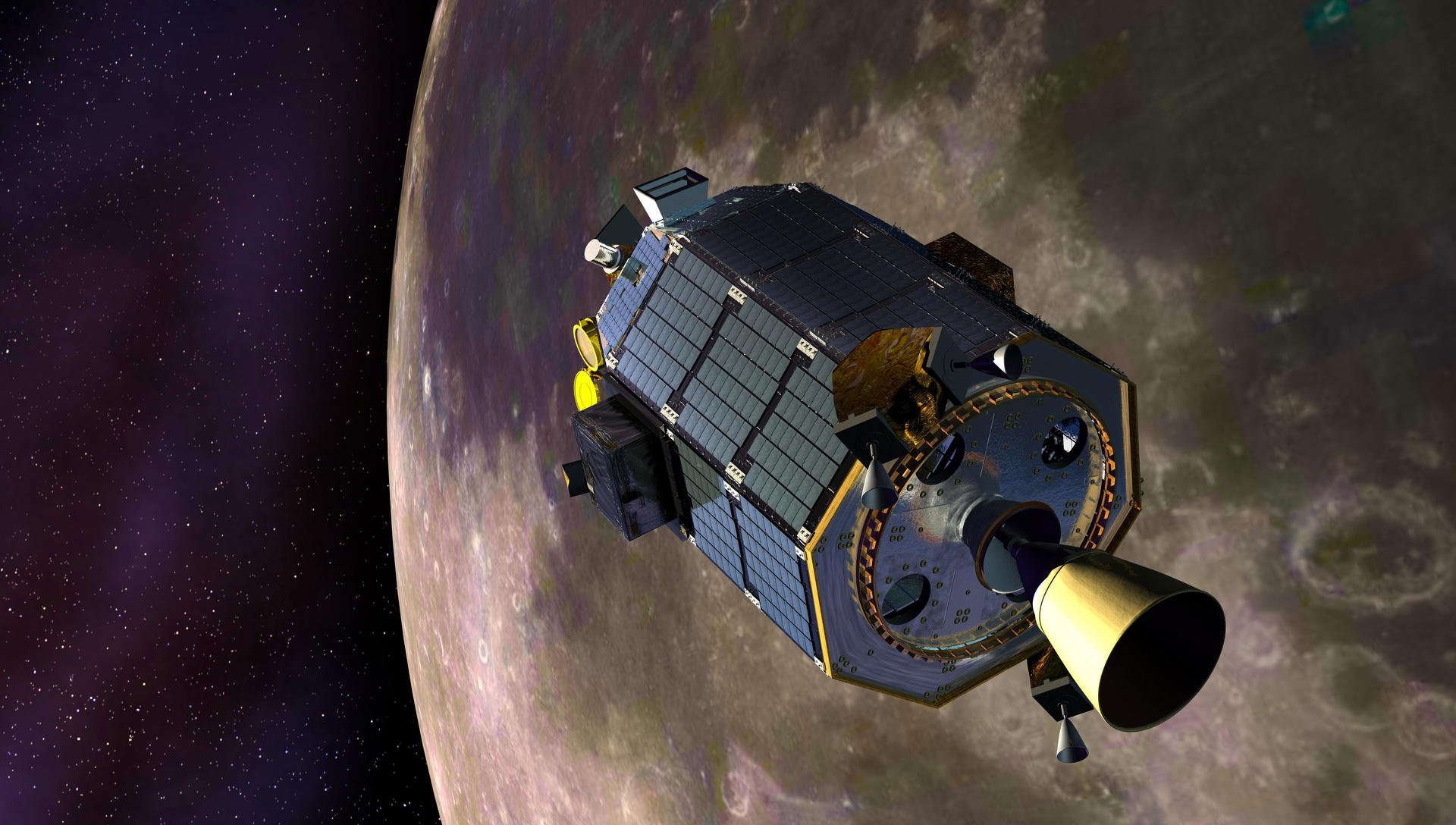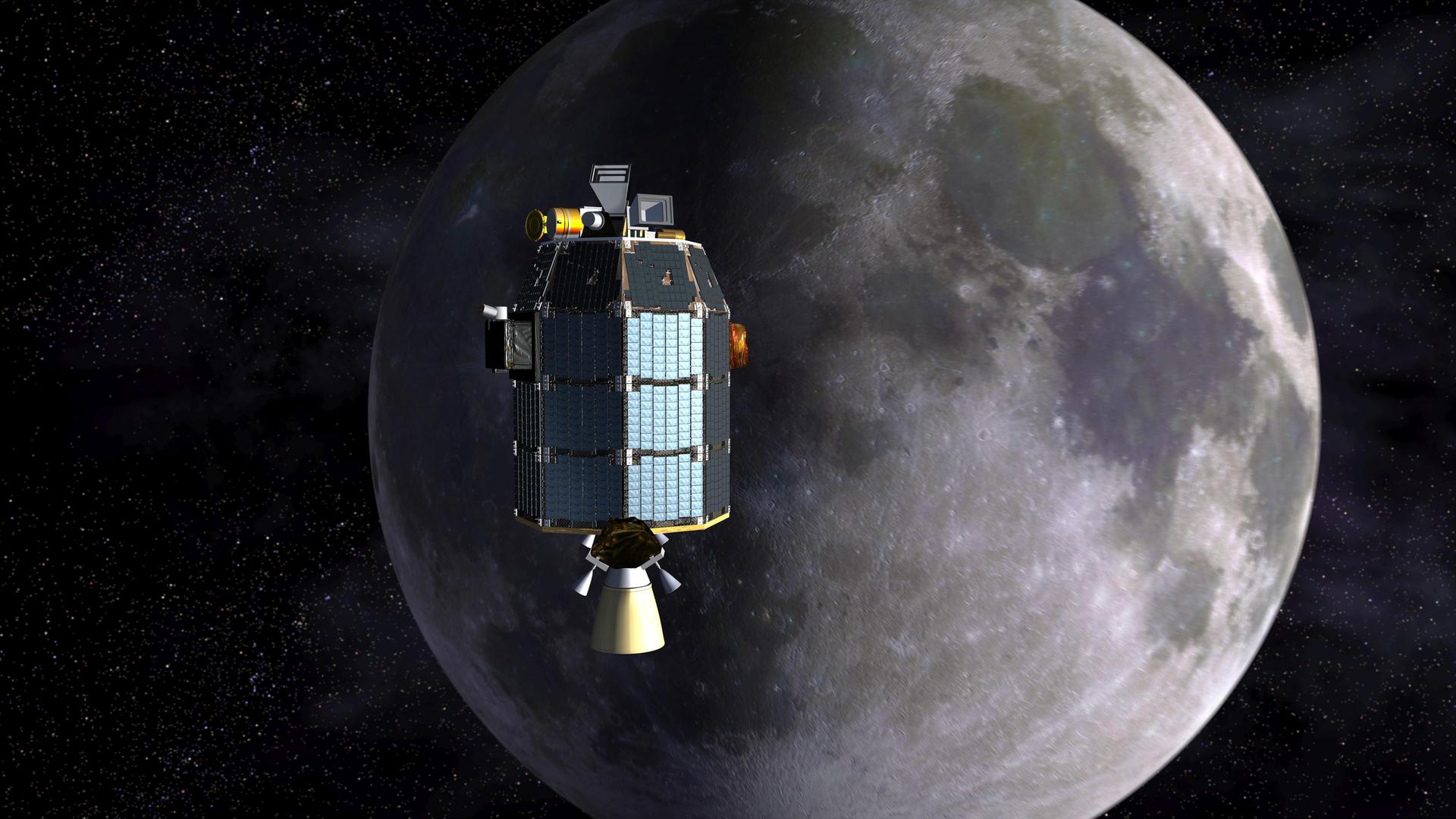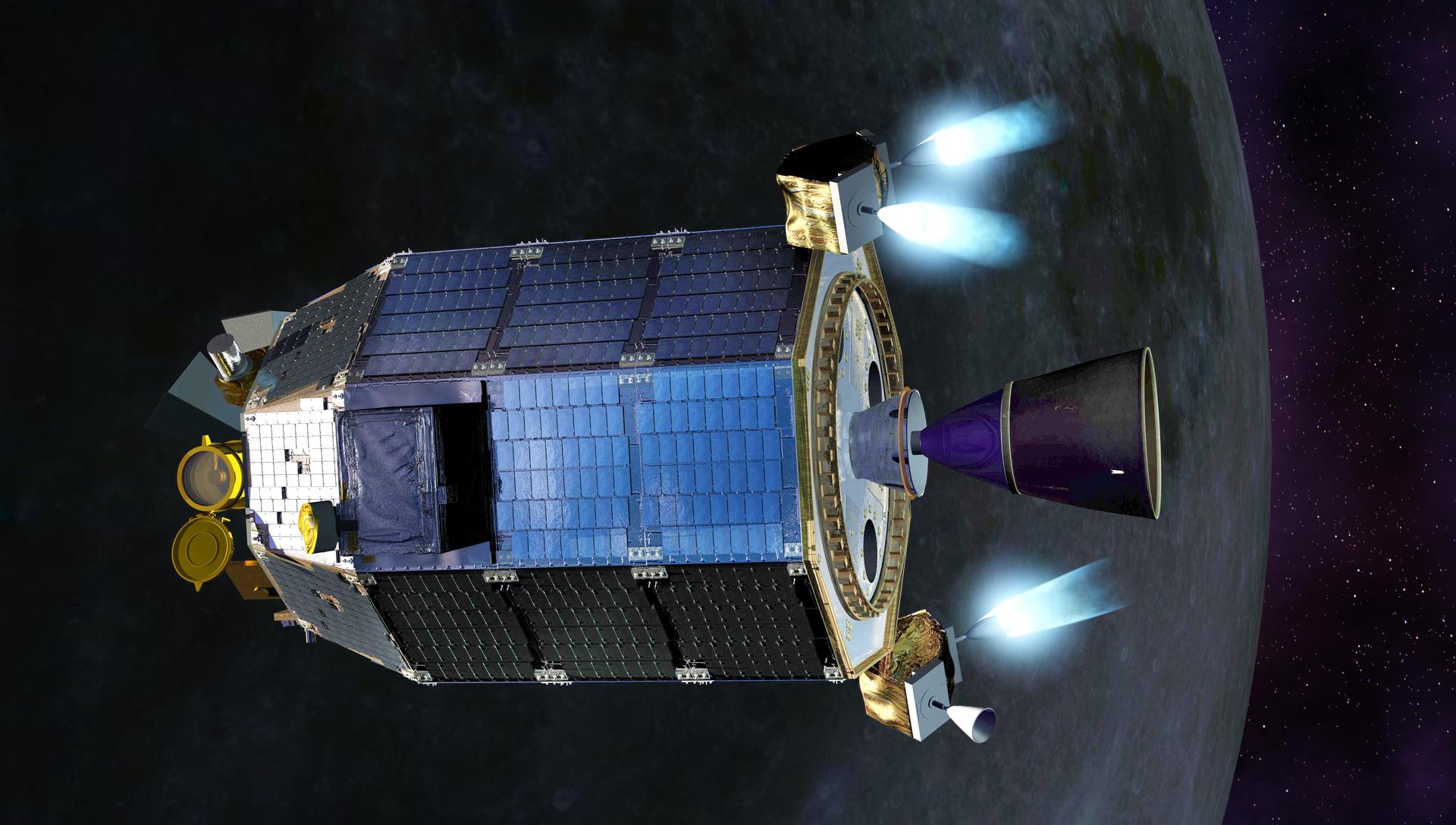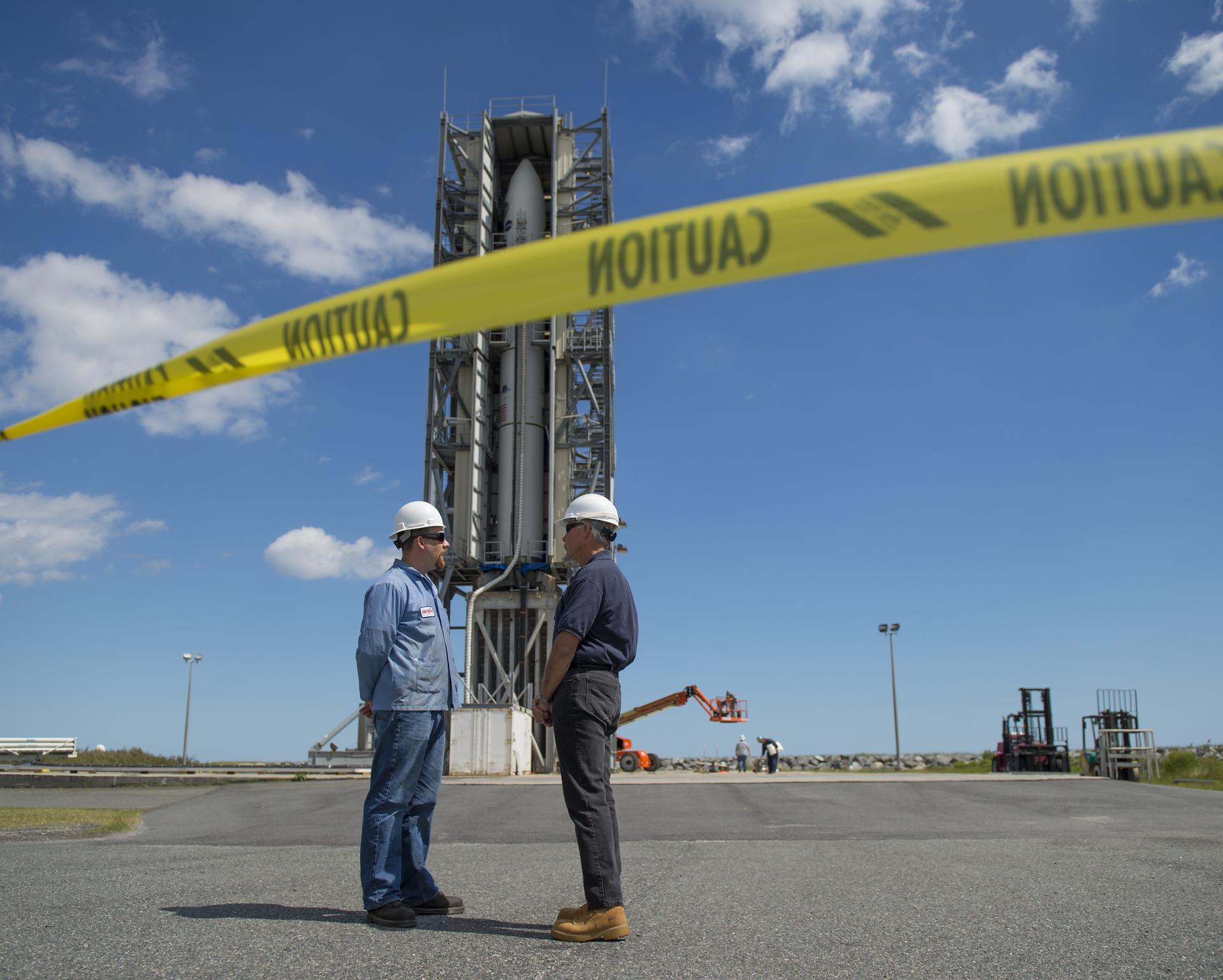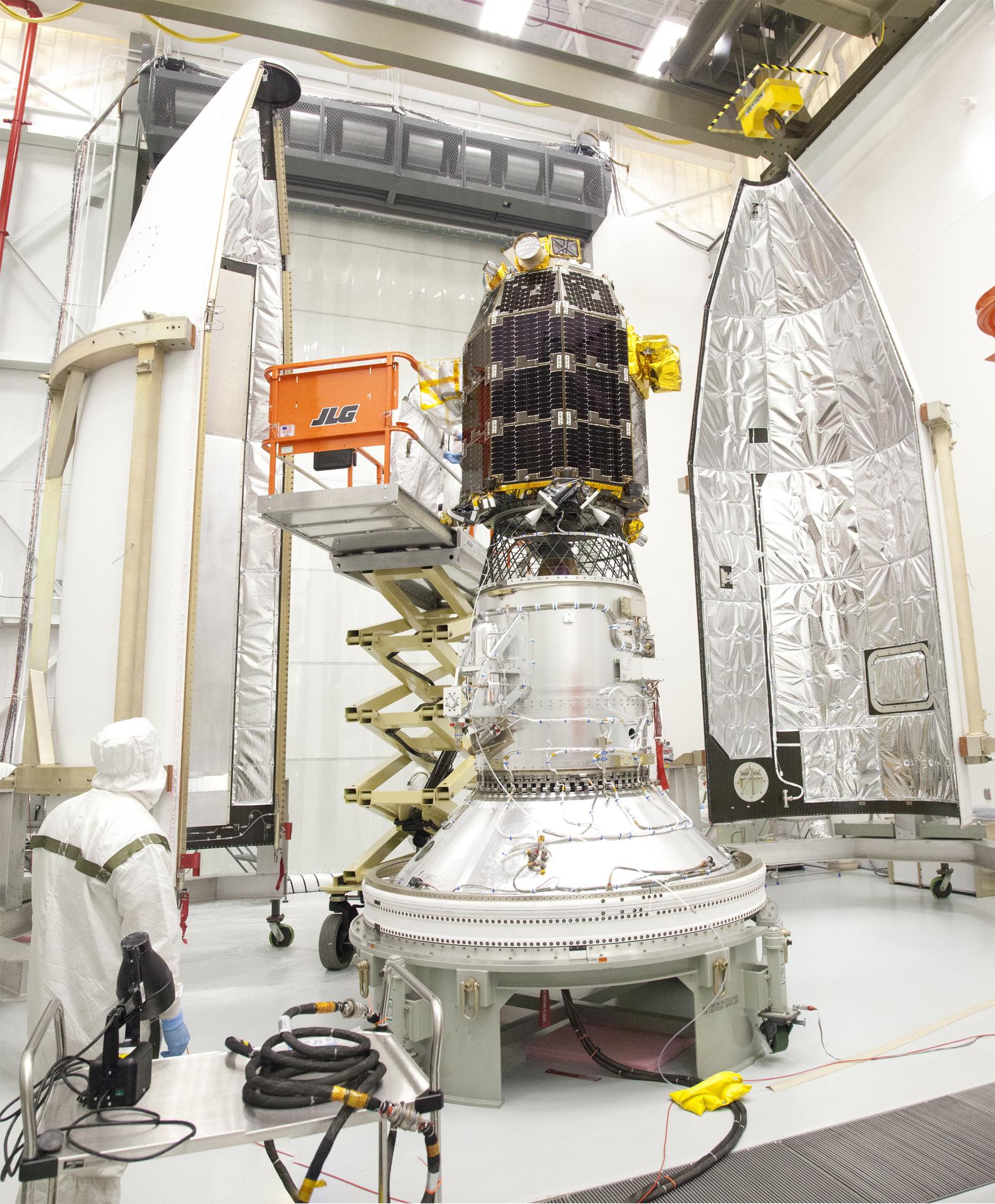LADEE
The Lunar Atmosphere and Dust Environment Explorer (LADEE) spacecraft orbited – and impacted – the Moon to gather information about the lunar atmosphere, conditions near the surface, and the environmental influences on lunar dust.
Mission Type
Destination
Launch
Objective
Overview
NASA's Lunar Atmosphere and Dust Environment Explorer (LADEE, pronounced like "laddie") was a robotic mission that orbited Earth’s Moon to gather detailed information about the lunar atmosphere, conditions near the surface, and environmental influences on lunar dust. A thorough understanding of these characteristics will address long-standing unknowns, and help scientists understand other planetary bodies as well.
The LADEE spacecraft launched on a Minotaur V vehicle on Sept. 6, 2013. The mission ended on April 18, 2014 UTC, when LADEE impacted the Moon as planned.
LADEE's launch marked several firsts. It was the first payload to launch on a U.S. Air Force Minotaur V rocket integrated by Orbital Sciences Corp., and the first deep space mission to launch from NASA's Goddard Space Flight Center's Wallops Flight Facility in Virginia.
Wallops, located on Virginia's eastern shore, was established in 1945 by the National Advisory Committee for Aeronautics. The oldest continuous rocket launch range in the United States, Wallops is a national resource for aerospace-based science and technology research using suborbital and orbital vehicles.
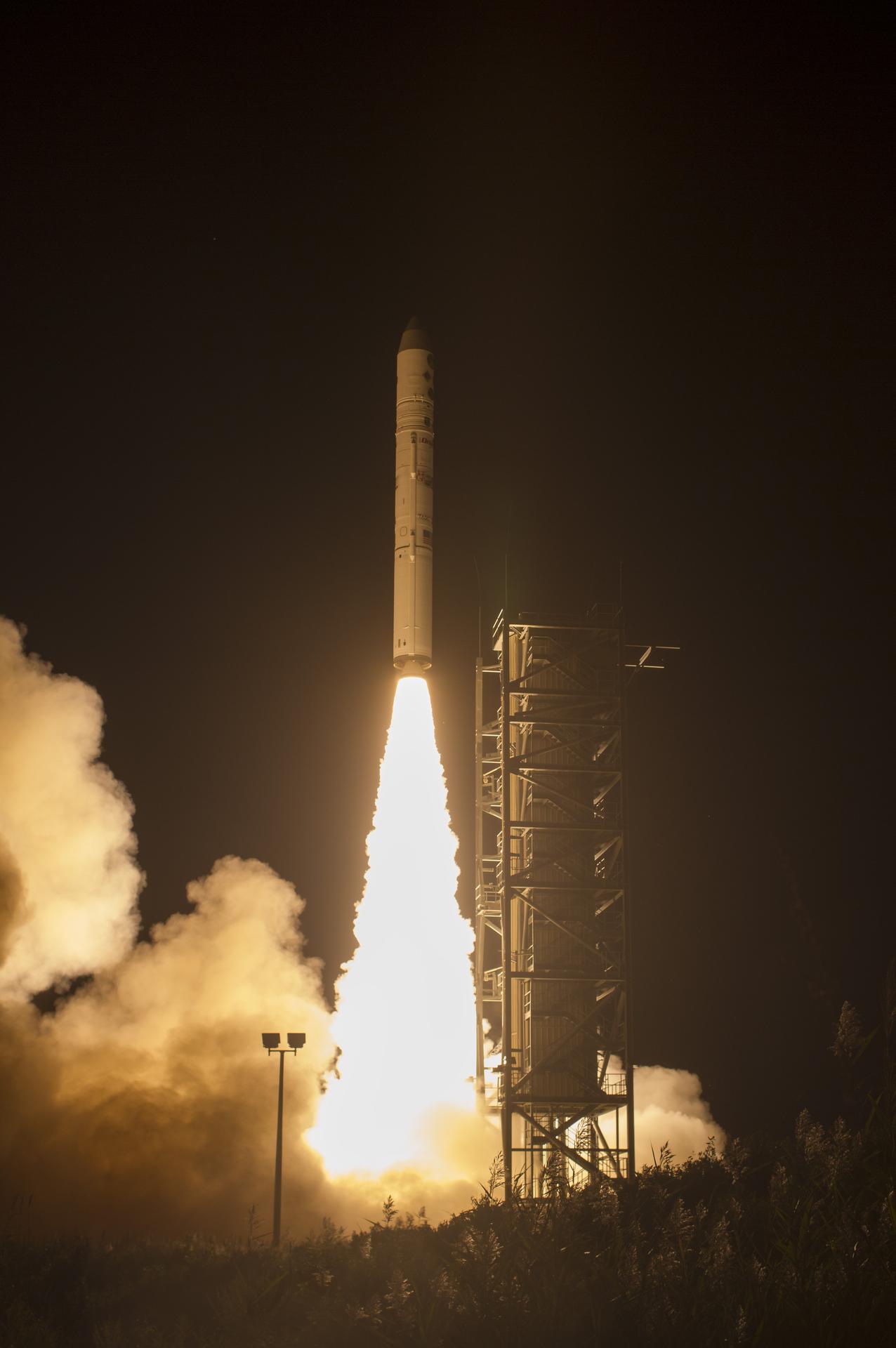
LADEE approached the Moon from its leading edge, traveled behind the Moon out of sight of Earth, and then re-emerged and executed a three-minute lunar orbit insertion maneuver. This placed LADEE in an elliptical retrograde equatorial orbit with an orbital period of approximately 24 hours.
A series of maneuvers was then performed to reduce the orbit to become nearly circular with a 156-mile (250-kilometer) altitude.
The 100-day science phase was performed at an orbit varying between 12 to 37 miles (20–60 kilometers) due to the Moon’s “lumpy” gravity field. During the science phase, the Moon rotated more than three times underneath the LADEE orbit.
Following the science phase, there was a decommissioning period during which the spacecraft was moved to lower altitudes. At 10:59 p.m. PDT, April 17, 2014, ground controllers at NASA's Ames Research Center confirmed that LADEE impacted the surface of the Moon, as planned.
NASA's Ames Research Center in Silicon Valley designed, developed, built, and tested the spacecraft and managed the science mission. After launch, Ames controlled the spacecraft and executed mission operations.
After launch, LADEE entered a series of phasing orbits, which allowed the spacecraft to arrive at the Moon at the proper time and phase.
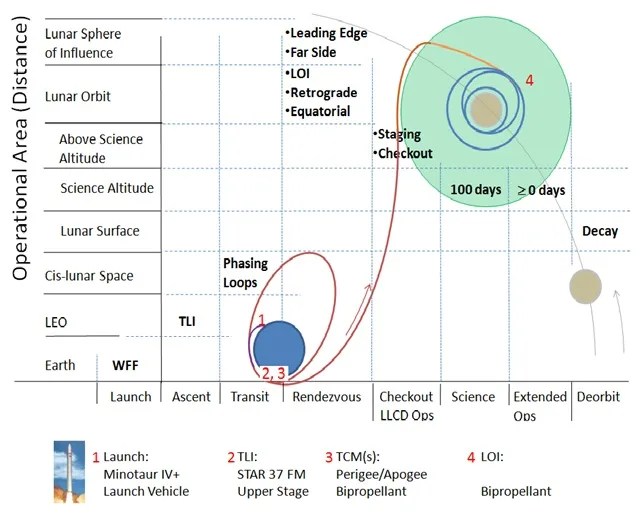
NASA's Science Mission Directorate in Washington funded the LADEE mission. NASA's Goddard Space Flight Center, Greenbelt, Maryland, managed the science instruments and technology demonstration payload, the science operations center, and provided overall mission support. Wallops was responsible for launch vehicle integration, launch services, and operations. NASA's Marshall Space Flight Center, Huntsville, Alabama, managed LADEE within the Lunar Quest Program Office.

